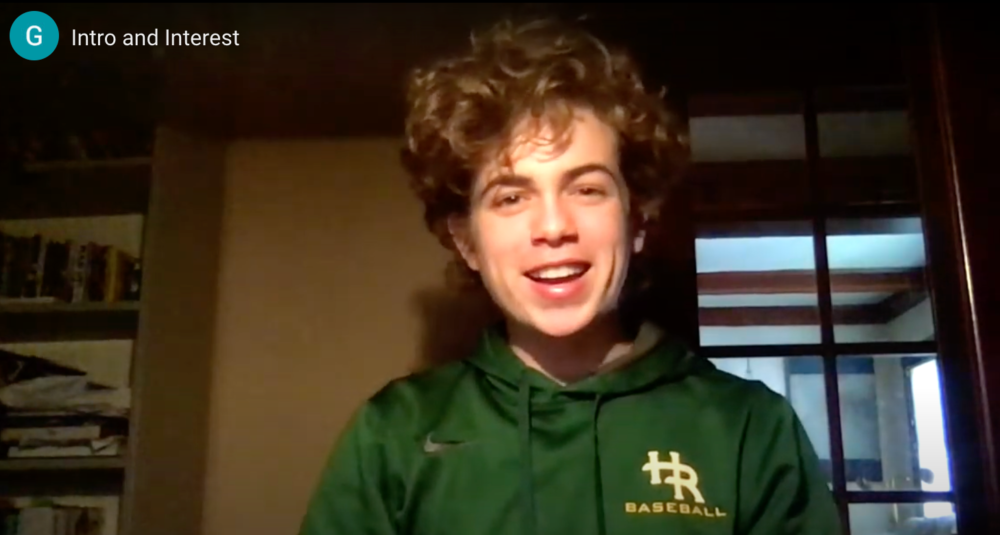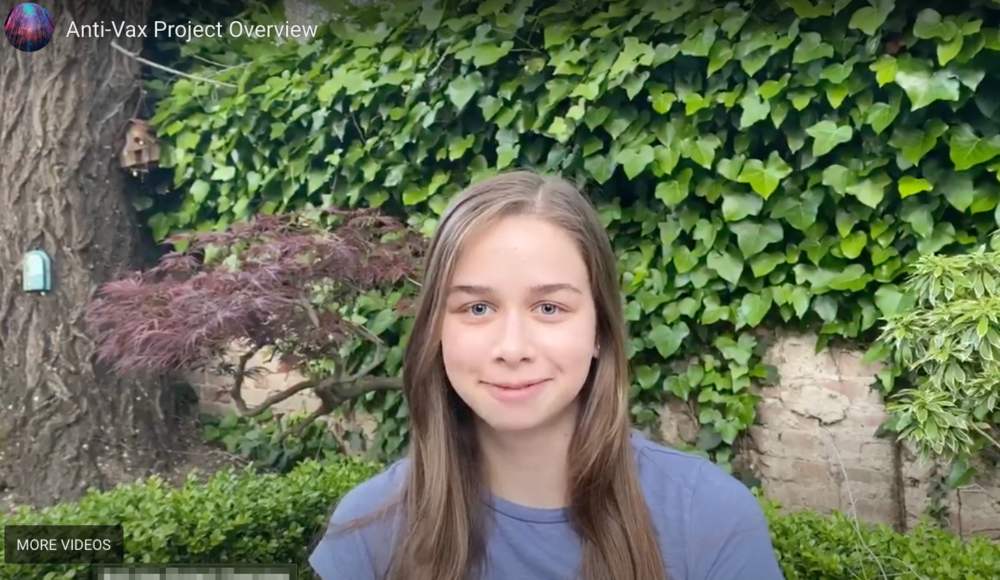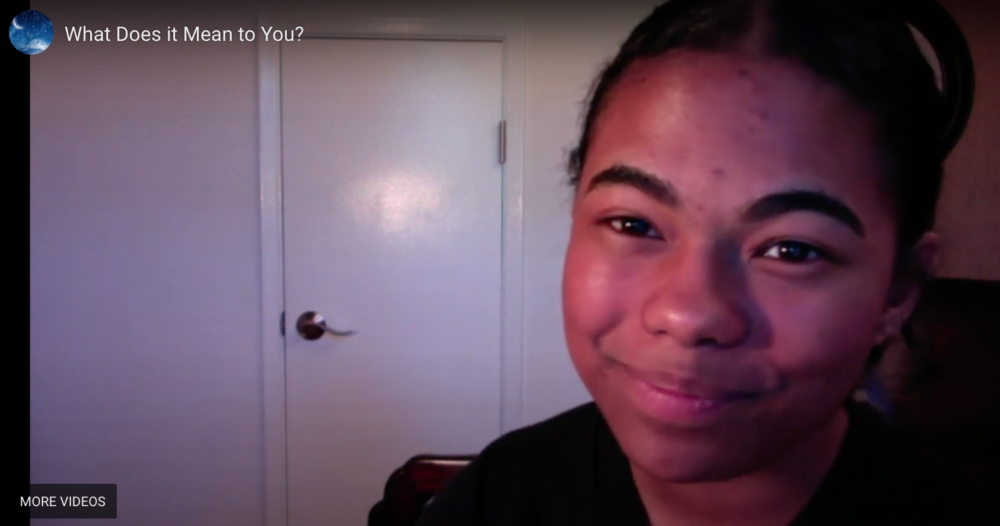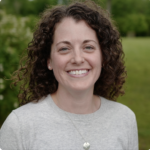Mission in Action: How Designing for Student Voice Can Drive School Mission
A school’s mission comes to life when students are provided with the opportunity to deliver on the school’s core values. These opportunities emerge when school leaders commit to programs that advance their strategic plan and educators develop learning experiences that deepen student engagement.
How do we design for this? What are the key elements needed to create learning experiences that are driven by academic outcomes, focused on student connection, and aligned to school mission?
GOA’s annual Catalyst Conference is one pathway. This public, online exhibition of student projects from around the world focuses on social action and advocacy. High school students have the opportunity to present capstone projects that explore their passions and spark meaningful change in their communities. Students build an interactive webpage to feature their project, and conference attendees can make connections and provide feedback that both encourages presenters and provides them with actionable suggestions that might bolster their work. Each year, a dozen or so GOA courses participate, and we invite our member schools to participate by using the conference to exhibit campus-based classes and student work. Visit the 2020 conference.
Head-Royce School in Oakland, California, a founding member of GOA, has participated in the Catalyst Conference since 2017. As an independent day school serving approximately 900 students in grades K-12, their mission is “to inspire in our students a lifelong love of learning and pursuit of academic excellence, to promote understanding of and respect for the diversity that makes our society strong, and to encourage constructive and responsible global citizenship.” With this mindset, the history department at Head-Royce used the Catalyst Conference as a capstone experience for their 10th grade United States History research project. The goal was to empower students to connect their semester-long study of research skills, their commitment to exploring topics of social justice, and their desire to bridge elements of history to today’s world.
Inspired by her students’ passion-based projects, Karen Bradley, history teacher and GOA site director at Head-Royce, knew that providing students with the opportunity for an outside audience for their work was going to transform their 10th grade research project. “The requirements for the Catalyst Conference are the perfect next step in the learning process for 10th graders,” she said. In the school’s blog, Inquiry & Inspiration, Karen explains, “One of the beauties of the Catalyst for Change project [as Head-Royce calls it] is that it is skills-based. From the earliest personal interest essay to the final product and conference event, students ask and develop research-based answers to current problems related to the GOA or [Head-Royce] U.S. History class they are taking.”
Head-Royce has designed their approach to this experience with five key elements in mind:
1. Allow for student voice and choice.
The project kicks off with a guiding question: “What as-yet unresolved social justice issue would you like to research and address?” Students are encouraged to brainstorm issues they have heard about and begin research. The first deliverable component of the project is the “Personal Interest Essay,” where students demonstrate a basic understanding of the historical problem they have chosen and pitch its relevance. Eleventh grader Taylor Wong recalled “having the freedom to explore such a wide variety of topics. Whether it be sports, economics, or social justice, it was refreshing to learn more about issues that tend to be overlooked by the traditional US History curriculum.”
What does this look like?

Head-Royce student Nisha’s project embodied this aspect of the experience and gained her a Catalyst Conference Audience Choice Award for her project, The History of America's Textile Industry: How Can We Be the Voice for Those Without One?
2. Scaffold the skills necessary for a deep dive.
As the project develops, Head-Royce students revisit and draw on their 9th grade research experience, the“I-Search” project. In this project, students read and analyze longform articles, practice interviewing experts, compile research and argument in a journalistic essay, and give TED-style talks to their peers. They learn how to navigate and use JSTOR and how to compile references and research notes online. Eleventh grade student Zoe said the Catalyst for Change project “acted as a wonderful extension to the I-Search we made freshman year as we learned to hone in on our research and writing skills. This introduced us to a more holistic view of our world, yet also how big global problems can affect our community very directly.”
What Does This Look Like?

Audience Choice Award Recipient, Head-Royce student Cole, shares this wider perspective in his project, Power and Poverty: why does America have such a drastic wealth divide?
3. Personalize support for students to build confidence and mastery.
As the students submit their work in stages, they are able to focus on improving both research and writing skills along the way. Breaking down these stages over time allows the teachers to connect with each student to answer questions, challenging them to build on those fundamental skills to push the project forward. Students also connect with Christiana Cuellar, librarian at Head-Royce, who works with the students on strategies for exploring databases, developing effective search terms, and sifting through results.
What Does This Look Like?

Head-Royce student Sophia demonstrates the depth of her research on both the historical context and current relevance of a socially contentious problem in her Audience Choice Award project, Calling the Wrong Shot: How Have Anti-Vax Roots in Fear and Ignorance Driven Societal Harm?
4. Provide students the opportunity to create something relevant
At the final stage, students have the opportunity to develop a next-step solution to the social justice problem they have explored. Preparing for the Catalyst Conference, when they rethink their essay as an interactive exhibition makes this opportunity all the more real. They spend a full week of class crafting their conference webpages. Taylor said, “One comment that stood out to me was from someone who explained that although he disagreed with me on the issue, exploring my project helped him understand and relate to my views. I think this exemplifies what is so great about the conference: having the opportunity to teach others about a topic that you are truly passionate about.”
What Does This Look Like?
Ray, a current senior at Head-Royce, reflects on the Catalyst Conference student experience and the opportunity to make an impact on the world through this project in her video message.
Ray’s Catalyst Conference Reflection
5. Give students an authentic audience
“The excitement sophomores feel during the active phase of the conference is palpable. They spend many hours exploring other people’s projects and celebrating one another’s work,” Karen Bradley said. The feeling of connection, the opportunity to exchange actionable feedback, and the chance to raise awareness and cultivate their work to positively affect their community is, at the core, student engagement. Students feel encouraged and empowered to create outside change through the knowledge and skills they build inside the classroom. As Head-Royce student Justin Wong explains, “This engagement showed me that people cared enough to read and learn something from what I said which revealed to me how powerful my voice can be.”
What Does This Look Like?

Note the level of engagement in Audience Choice Award Recipient Athena’s project, where she connected with each conference attendee who commented on her work entitled, What Do Black Deaths Mean to You? The Evolution of Police Brutality in America.
Mission in Action
The clear, strong relationship between Head-Royce's mission, the design of its Catalyst for Change project, and the work of these students illustrates how we might empower students to find their own, unique ways of bringing core values to life.
This post is part of our Missions in Action series, which profiles how GOA member schools align GOA’s student and professional learning programs to meet their school’s mission. GOA member school students have full access to our online courses and member school educators can take our professional learning courses for free. Inquire about membership. Are you a GOA member? Want us to profile your school? Email us at hello@globalonlineacademy.org.

